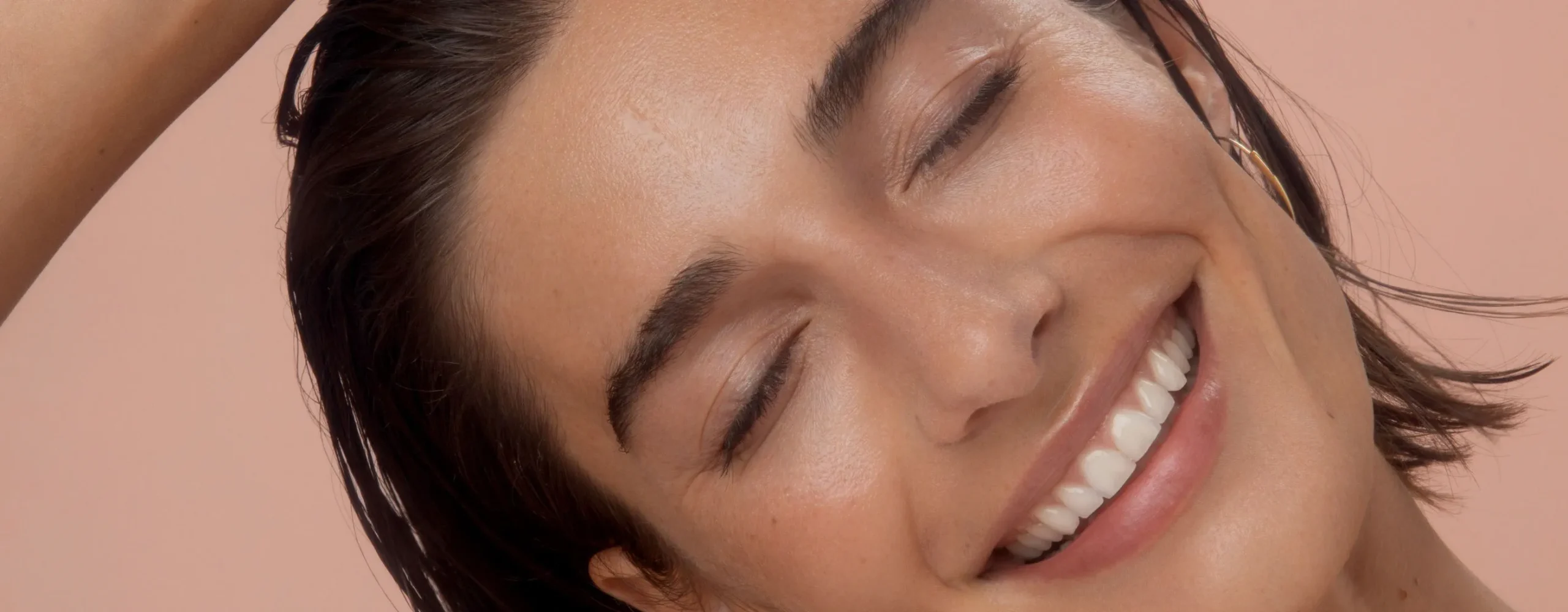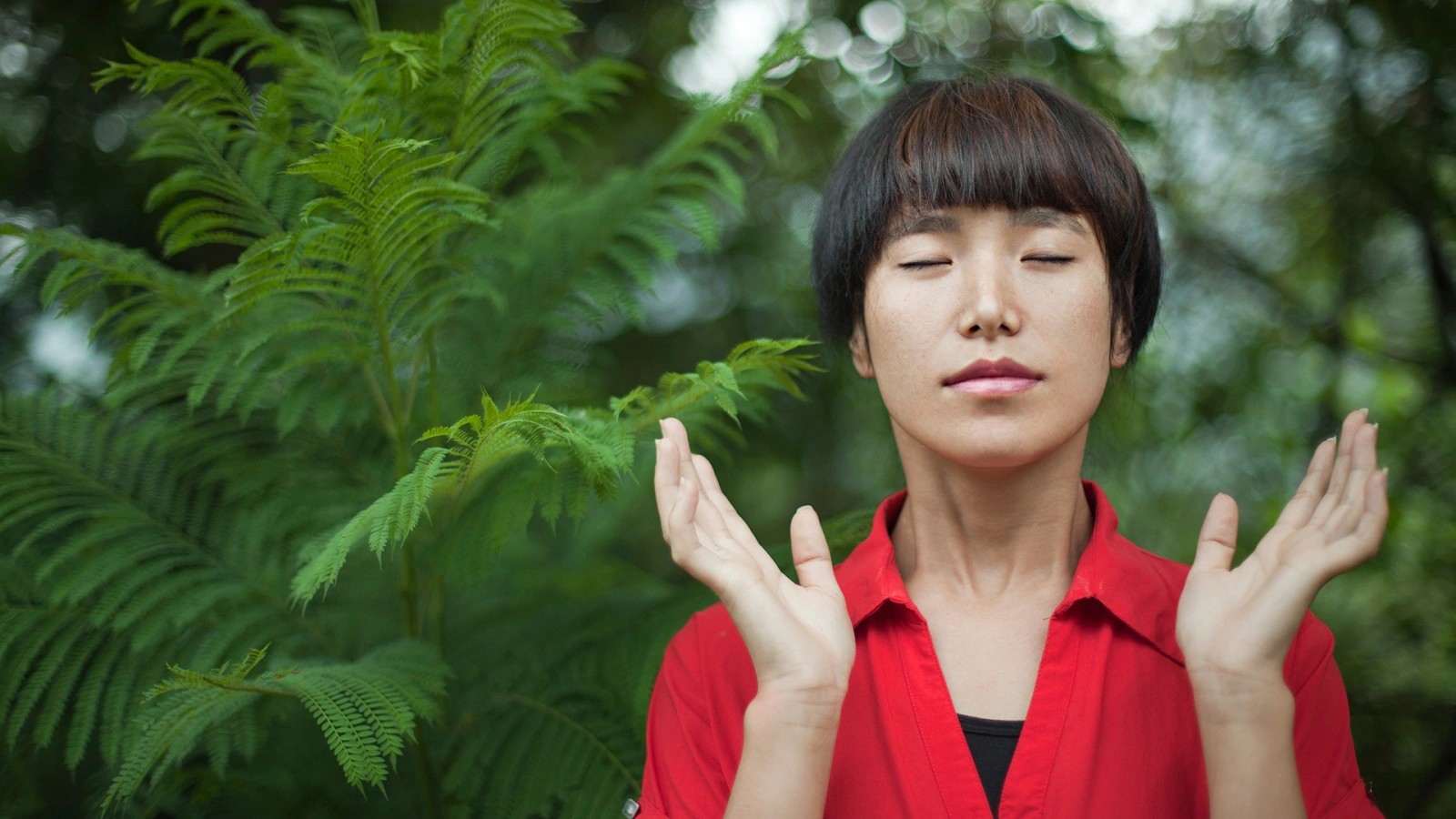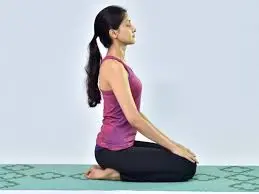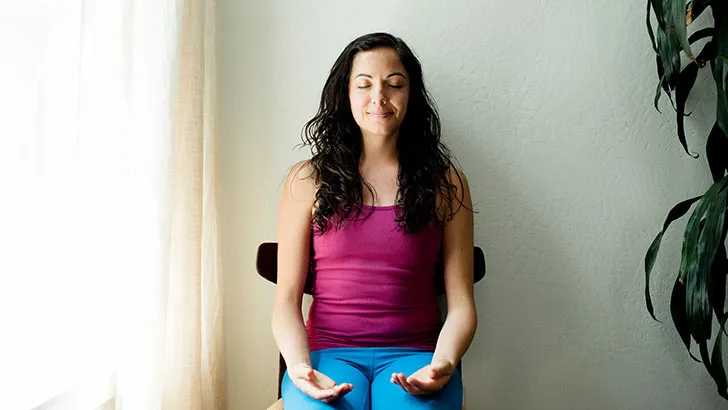Did you know that just 10 minutes of practicing Ujjayi Pranayama daily can reduce levels of the stress hormone cortisol by up to 20%? Yes, This revelation indeed highlights the remarkable power of Ujjayi Pranayama, also known as the “Victorious Breath” or “Ocean Breath,” to unlock a profound state of relaxation and inner peace amidst our chaotic lifestyles.
Ujjayi Pranayama serves as a transformative pathway to unite our inner and outer worlds. It is through the rhythmic flow of the Ujjayi breath that we navigate the journey towards holistic well-being, bridging the gap between the chaos of the external world and the serenity of our inner landscape.
In this blog we will explore the wonders of the Ujjayi definition, Ujjayi Pranayama benefits, Ujjayi breath, Ujjayi Pranayama steps, how to do Ujjayi Pranayama, Ujjayi Pranayama technique, Ujjayi aasan.
Contents
- 1 Exploring the Ujjayi Definition and Origins
- 1.1 Discovering Ujjayi Pranayama Benefits
- 1.1.1 Ujjayi Pranayama Benefits for Enhanced Respiratory Function:
- 1.1.2 2. Ujjayi Pranayama Benefits for Calms the Mind and Nervous System:
- 1.1.3 3. Ujjayi Pranayama Benefits for Regulates Blood Pressure:
- 1.1.4 4.Ujjayi Pranayama Benefits for Improves Focus and Concentration:
- 1.1.5 5. Ujjayi Pranayama Benefits for Detoxifies the Body:
- 1.1.6 6. Ujjayi Pranayama Benefits for Balances Energy Flow:
- 1.2 Simple Steps for Practicing Ujjayi Pranayama
- 1.3 Ujjayi Pranayama Techniques
- 1.4 Yoga Practice with Ujjayi Aasan
- 1.5 Conclusion
- 1.1 Discovering Ujjayi Pranayama Benefits
Exploring the Ujjayi Definition and Origins
Ujjayi Pranayama Benefits for Enhanced Respiratory Function:
Ujjayi Pranayama encourages mindful breathing, expanding lung capacity and improving respiratory efficiency. The controlled inhalation and exhalation facilitate the exchange of oxygen and carbon dioxide, promoting overall respiratory health.
2. Ujjayi Pranayama Benefits for Calms the Mind and Nervous System:
3. Ujjayi Pranayama Benefits for Regulates Blood Pressure:
Regular practice of Ujjayi Pranayama has been shown to regulate blood pressure levels, promoting cardiovascular health and reducing the risk of hypertension. The combination of deep breathing and mindful awareness helps to balance the autonomic nervous system, fostering a state of equilibrium within the body.
4.Ujjayi Pranayama Benefits for Improves Focus and Concentration:
By directing attention to the rhythm and sound of the breath, Ujjayi Pranayama cultivates mindfulness and enhances concentration. The steady flow of breath anchors the mind in the present moment, sharpening mental clarity and improving cognitive function.
5. Ujjayi Pranayama Benefits for Detoxifies the Body:
The controlled exhalation in Ujjayi Pranayama facilitates the expulsion of toxins from the body, cleansing the respiratory system and promoting detoxification. The deep, diaphragmatic breathing stimulates the lymphatic system, enhancing the elimination of waste products and boosting overall vitality.
6. Ujjayi Pranayama Benefits for Balances Energy Flow:
In yogic philosophy, prana refers to the vital life force energy that permeates the body. Ujjayi Pranayama helps to balance the flow of prana, clearing energetic blockages and restoring harmony to the subtle energy channels (nadis) within the body.
Simple Steps for Practicing Ujjayi Pranayama

- Find a Comfortable Seated Position: Sit in a cross-legged position or on a chair with your spine straight and shoulders relaxed.
- Relax Your Facial Muscles: Close your eyes gently and soften your facial muscles, releasing any tension in your jaw, forehead, and cheeks.
- Take a Deep Breath In: Inhale deeply through your nose, filling your lungs with air. Feel your belly and chest expand as you breathe in.
- Constrict the Back of Your Throat: As you exhale, gently constrict the back of your throat to create a slight resistance to the outgoing breath. This will create a soft, audible sound like the ocean or a light snore.
- Lengthen Your Exhalation: Make your exhalation slightly longer than your inhalation, ensuring a smooth and controlled breath cycle.
- Maintain a Steady Rhythm: Continue to breathe in this manner, keeping a steady rhythm and focusing on the sound and sensation of your breath.
- Practice Mindfulness: Be fully present in the moment, observing the rise and fall of your breath without judgment or attachment.
- Continue for Several Minutes: Practice Ujjayi Pranayama for 5-10 minutes, gradually increasing the duration as you become more comfortable with the technique.
Ujjayi Pranayama Techniques

Visual Technique:
Imagine yourself inhaling a warm, golden light through your nostrils, filling your entire chest cavity. As you exhale, visualize releasing any tension or negativity in the form of dark smoke, allowing it to dissipate into the air. This visualization practice enhances the experience of the ujjayi pranayama technique by promoting relaxation and mental clarity, amplifying its ujjayi pranayama benefits.
Sound Visualization
Picture the sound of your breath resembling the gentle crashing of ocean waves or the rustling of leaves in a serene forest. Let this auditory imagery guide the rhythm and depth of your breath, creating a harmonious flow. This sound visualization not only enriches the practice of ujjayi pranayama but also deepens your connection to the breath, amplifying its ujjayi breath benefits.
Natural Breathing Patterns:
Emphasize the natural rise and fall of your abdomen and chest with each breath. Avoid forcing the breath; instead, allow it to flow effortlessly, like the ebb and flow of the tide. Honoring these natural ujjayi pranayama steps fosters a sense of ease and grace in your practice, maximizing its ujjayi pranayama benefits.
Focused Attention:
Direct your awareness to the sensation of the breath moving in and out of your nostrils, feeling the subtle coolness on the inhale and warmth on the exhale. Stay present in the moment, letting go of distractions and thoughts as they arise. This mindful awareness cultivates a deeper connection to the present moment and amplifies the transformative effects of ujjayi pranayama, enhancing its ujjayi pranayama benefits.
Gentle Physical Cues:
Place your hands on your abdomen and chest to feel the expansion and contraction with each breath. Use this tactile feedback to deepen your awareness of the breath’s movement within your body. These gentle physical cues provide valuable feedback and support in refining your ujjayi pranayama technique, facilitating a more profound experience of its ujjayi breath benefits.
Yoga Practice with Ujjayi Aasan

“Ujjayi aasan” is a combination of terms, with “Ujjayi” referring to a specific breathing technique (Ujjayi Pranayama) and “aasan” meaning posture or pose in yoga.
- Sukhasana (Easy Pose): This comfortable seated posture provides a stable foundation for practicing Ujjayi Pranayama with ease and focus.
- Padmasana (Lotus Pose): For more advanced practitioners, Padmasana offers a grounded and stable seat for deepening the breath and concentration.
- Virasana (Hero Pose): Sitting in Virasana helps to open the chest and lengthen the spine, facilitating deeper and more expansive breathing.
- Bhujangasana (Cobra Pose): This gentle backbend opens the heart center, allowing for greater expansion of the lungs and deeper breathing.
- Utkatasana (Chair Pose): Engaging the legs and core in Utkatasana helps to build internal heat, enhancing the effectiveness of Ujjayi breathing.
- Tadasana (Mountain Pose): Standing tall in Tadasana encourages proper alignment and full-body awareness, supporting the integration of breath and movement.

